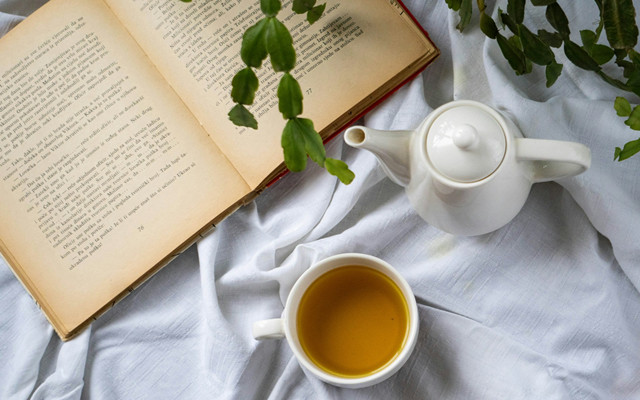why does green tea sink to bottom of cup
- Blog
- why does green tea sink to bottom of cup
herbal tea
Alright, so the other day I was making some green tea, and I noticed something kinda weird. I dropped the tea leaves into my cup, and at first, they were all floating on top, just chilling there. But then, as I watched, they started to sink to the bottom one by one. It got me thinking, why does this happen? It’s not like they suddenly got heavier, right?
So, I did what any curious person would do – I dove into a little experiment. I got a few different types of green tea leaves from my stash. Some were those tightly rolled ones, and others were more loose and leafy. I filled up a few cups with hot water, all the same temperature, and started dropping in the leaves.
After watching all this, I figured it’s probably got something to do with the air pockets trapped inside the leaves. When the leaves are dry, these air pockets make them float. But as they soak up the hot water, the air gets pushed out, and the leaves get heavier. That’s when they start to sink.
And then it hit me – it’s not just about floating or sinking. This whole process probably affects the taste of the tea too. I noticed that the tea at the bottom of the cup always seems a bit stronger, maybe even a little bitter. It’s like all the flavor sinks down there with the leaves. I guess that’s why some people like to stir their tea, to get all that flavor mixed up.

So, there you have it. That’s my little green tea experiment. It’s not exactly rocket science, but it’s pretty interesting to see how something as simple as tea leaves sinking can actually be a bit more complex than you’d think. It’s all about air pockets, water absorption, and how that affects the density of the leaves. Plus, it changes how the tea tastes, which is a whole other thing. Pretty cool, right?
© Copyright 2025 Qianwei Tea | Theme developed by sitemap